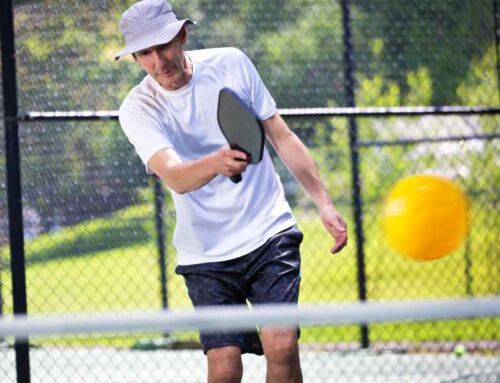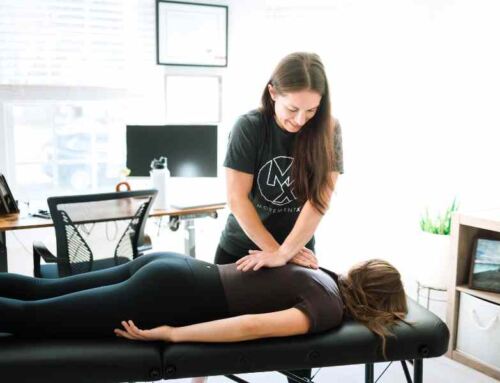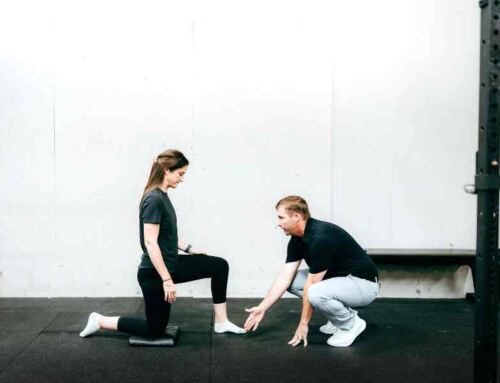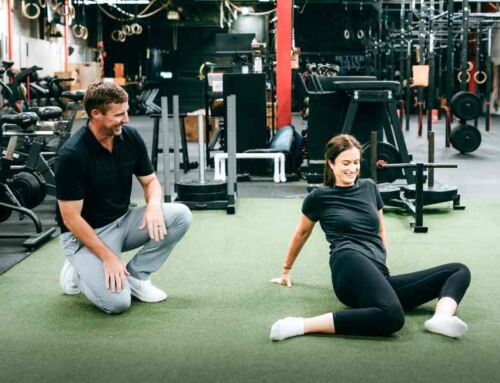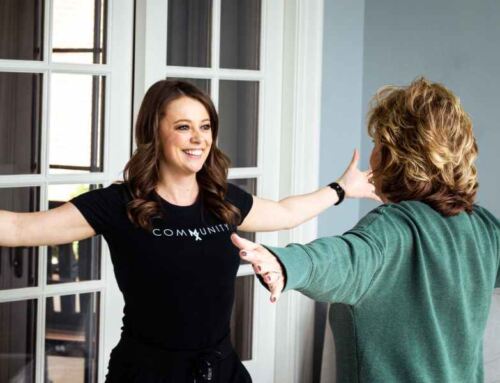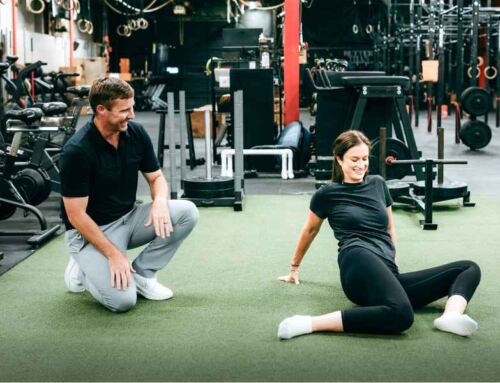The Top 10 Most Common Sports Injuries
Sports-related injuries—like sprains, strains, swollen muscles, and traditional overuse—are common, as many sports are not only physically demanding but also subject athletes to many forms of stress and trauma.
Discover the top ten most common sports injuries and learn how best to treat them for a fast, effective recovery that will get you back to doing what you love.
Ten Common Sports Injuries
From professional athletes to casual gym-goers, everyone is susceptible to injury, and without proper stretching, training, gear, or treatment, minor injuries can turn into chronic pain with a long recovery process.
Here in Orange County, CA and throughout the country, MovementX physical therapists and personal fitness trainers are highly specialized and deeply passionate about helping you achieve your movement goals so you can keep living your healthiest and best life.
1.) Concussion
A type of traumatic brain injury that impacts brain function and affects memory, balance, and coordination, concussions are most commonly associated with a blow to the head where the brain is jarred or shaken suddenly.
Concussions are serious injuries and require immediate medical attention from a medical professional. Common concussion symptoms include:
- Headache
- Confusion or forgetfulness
- Dizziness
- Nausea or vomiting
- Slurred speech
- Light sensitivity
- Delayed response to questions
- Ringing in the ears
- Blurred vision
- Drowsiness
Contact sports naturally have a risk of concussion associated with them. However, training to avoid potentially dangerous positions, utilization of appropriate sports equipment, and recognition of a confirmed concussion directly after impact, can drastically change the course of an otherwise dangerous injury.
2.) Shin Splints
Shin splints are most often reported as a pain in the lower legs, specifically the anterior or front surface of the leg, and are most often found in runners and running intensive sports, such as soccer and basketball. An inflammatory condition of the muscle along the front surface of the tibia is often a result of overtraining. As such, things like temporary rest, supervised progressive return to activity, and potentially running mechanics and shoewear analysis will often lead to full recovery.
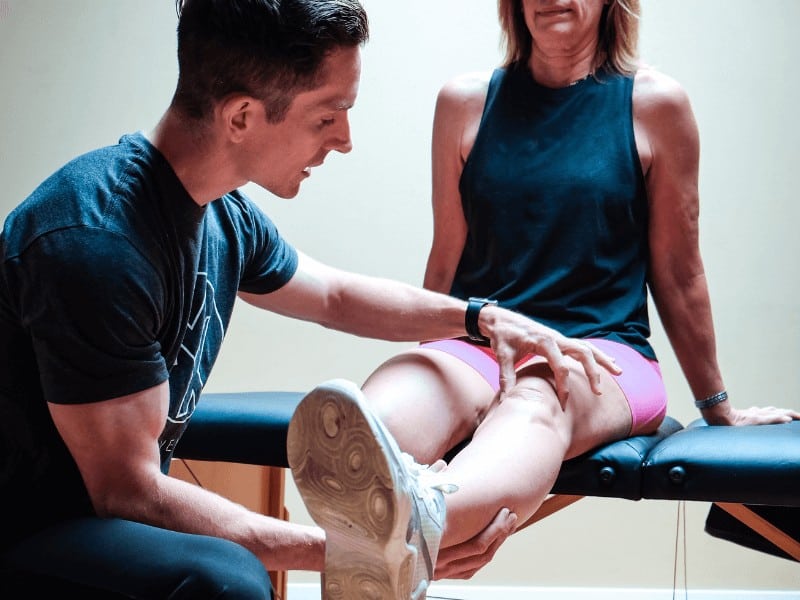
3.) Patellofemoral Syndrome
Knee injuries are extremely common in athletics, specifically patellofemoral syndrome. Often caused by excessive loading and improper joint mechanics, this injury is associated with irritation of the patellofemoral joint (kneecap) and will often be aggravated by running, jumping, and loaded bending of the knee (squats, stairs, etc.)
Fortunately, temporary rest and ice can help reduce swelling and assist with normal healing. Seeking out professional medical evaluation with a physical therapist, will help identify the underlying joint mechanic deficits, promote full tissue healing, and decrease the risk of further reinjury.
Click here to get physical therapy in Orange County, CA
4.) Groin Strain
Also known as a groin pull, a groin strain occurs essentially when a force is quickly applied to the muscles of the inner thigh that exceeds their capacity. This is often either an excessive stretch or an overloaded contraction of the muscle. Sports with quick lateral movements or a general lack of hip flexibility can increase the risk of a groin strain.
As with any muscle strain, initial rest is important, followed by a carefully planned step by step re-introduction of muscle loading. This is to ensure that the muscle is facilitated in its natural healing, and that it has an increased threshold to avoid a subsequent strain in the future.
5.) Back Injuries and Sciatica
Similar to knee injuries, back injuries are very common in sports. Injury generally takes place when the vertebrae or back muscles are inflamed, sometimes causing you to pinch a nerve in your back that can lead to pain and numbness down your back and in your legs.
Sciatica, or pain caused by an inflamed sciatic nerve, often radiates from the pinched nerve and travels down the back of the leg or even to the feet. Sciatica is also often associated with numbness, burning, and tingling down the leg. Commonly seen in athletes who frequently twist or flex their postures, like cyclists, golfers, and tennis players, sciatica can make athletic training and even daily movement functions difficult.
Resting, alleviating pressure, and stretching can all help reduce the symptoms of sciatica. If symptoms last longer than two weeks, it is recommended to look towards professional physical therapy and speak with your doctor.
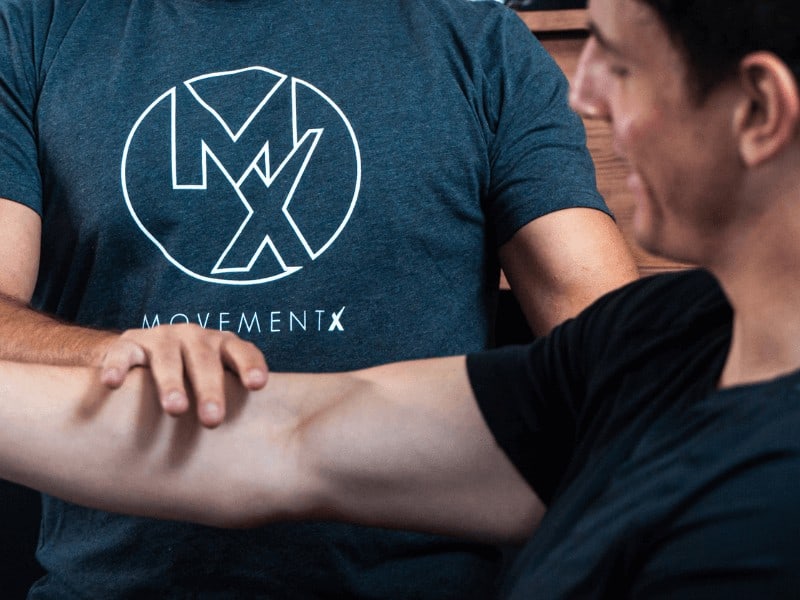
6.) Epicondylitis
Medial epicondylitis (golfer's elbow) and lateral epicondylitis (tennis elbow) are overuse sports injuries commonly seen in athletes who repeatedly execute gripping and throwing activities, causing inflammation and stress to the tendinous insertions of the muscles of the forearm.
Often aggravated by repetitive movements, athletes will find themselves often requiring a mixture of medicinal intervention for inflammation control with supervised reintegration of previous athletic activity via proper strengthening and mobility work with their physical therapist.
7.) Hip Flexor Strain
The muscles you use to raise your knee and even walk up stairs are called your hip flexors. Hip flexor strains are often caused by running steep inclines or activities with quick pivotal movements and sudden starts such as sprinting and powerful jumping/lunging.
As with all muscle strains, initial medical intervention will include appropriate diagnosis, implementation of rest/anti-inflammatory measures such as ice/medication, and supervised reintroduction of muscular stretching a strengthening for full return to sport.
8.) Hamstring Strain
Often a muscle with poor mobility/strength, the hamstring strain occurs most often during sprinting or kicking activities in which the hamstring must eccentrically control leg deceleration.
Similar to a hip flexor strain, rest and ice are recommended to help reduce inflammation and improve healing efficiency. This must then be followed by supervised re-introduction of strengthening/stretching to reinforce healing and create fortification to decrease the risk of a future re-injury.
9.) ACL Sprain or Tear
One of the major stabilizing ligaments in your knee, the anterior cruciate ligament (ACL) is a common sports sprain or tear when athletes are attempting to quickly speed up, slow down, or change directions. Sometimes these rapid movements are severe enough to tear the ligament completely and tear additional ligaments on the inside of the knee, in which case surgery is most often required. A mild ACL sprain or tear can be healed using rest, anti-inflammatory measures, and guided physical therapy.
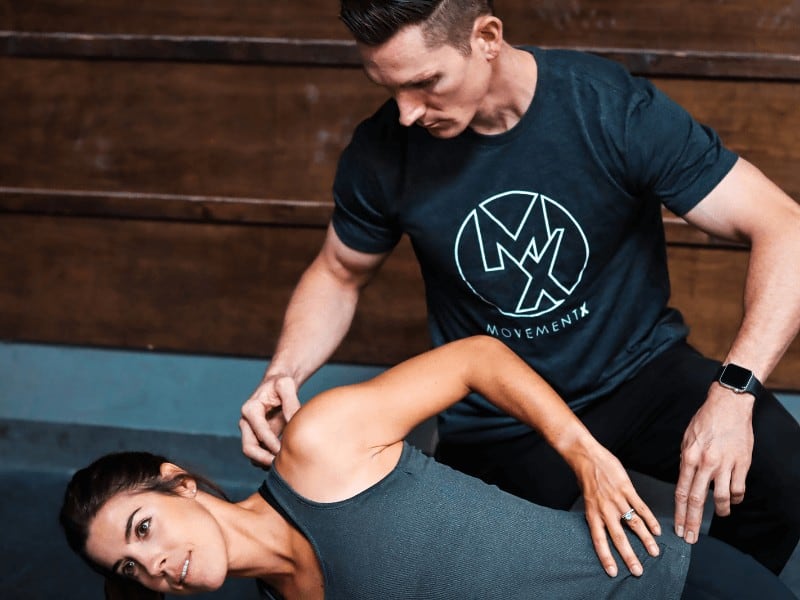
10.) Shoulder Injury
Commonly overused and vulnerable to impact due to their dynamic mobility, your shoulders are prone to injury. In fact, shoulder injuries, including dislocations, strains, sprains, and tears, contribute to a large percentage of sports injuries. Seen most often in throwing and overhead athletes (baseball, volleyball, tennis, etc.), shoulder injuries are quite common.
Ice and rest will help manage pain and swelling, but the key is getting an appropriate assessment of potential throwing/overhead mechanics from a movement specialist such as a physical therapist, in order to determine what key aspects need to change in order to reduce risk of chronic reinjury.
How To Prevent Common Sports Injuries
You can avoid most common sports injuries with proper movement function, adequate stretching, proper gear, and active communication with your doctor, fitness trainer, and physical therapist. Additionally, listening to your body, knowing when to rest, and acting quickly when symptoms do occur can help you recover faster.
If you live in Southern California near Irvine, Costa Mesa, Newport, or elsewhere within Orange County, it's easy to find a MovementX physical therapist to get care at home, virtually, or at one of our clinics. We also offer care in several other locations throughout the country.
About the Author
Chris MonPere, PT, DPT is a physical therapist, certified orthopedic clinical specialist, and certified strength and conditioning coach with MovementX in Orange County, CA. He works endurance athletes and weekend warriors to help treat injuries, decrease pain, and optimize performance. Chris has run 7 marathons and enjoys playing music, skydiving, and playing with his german shepard, Arya.



